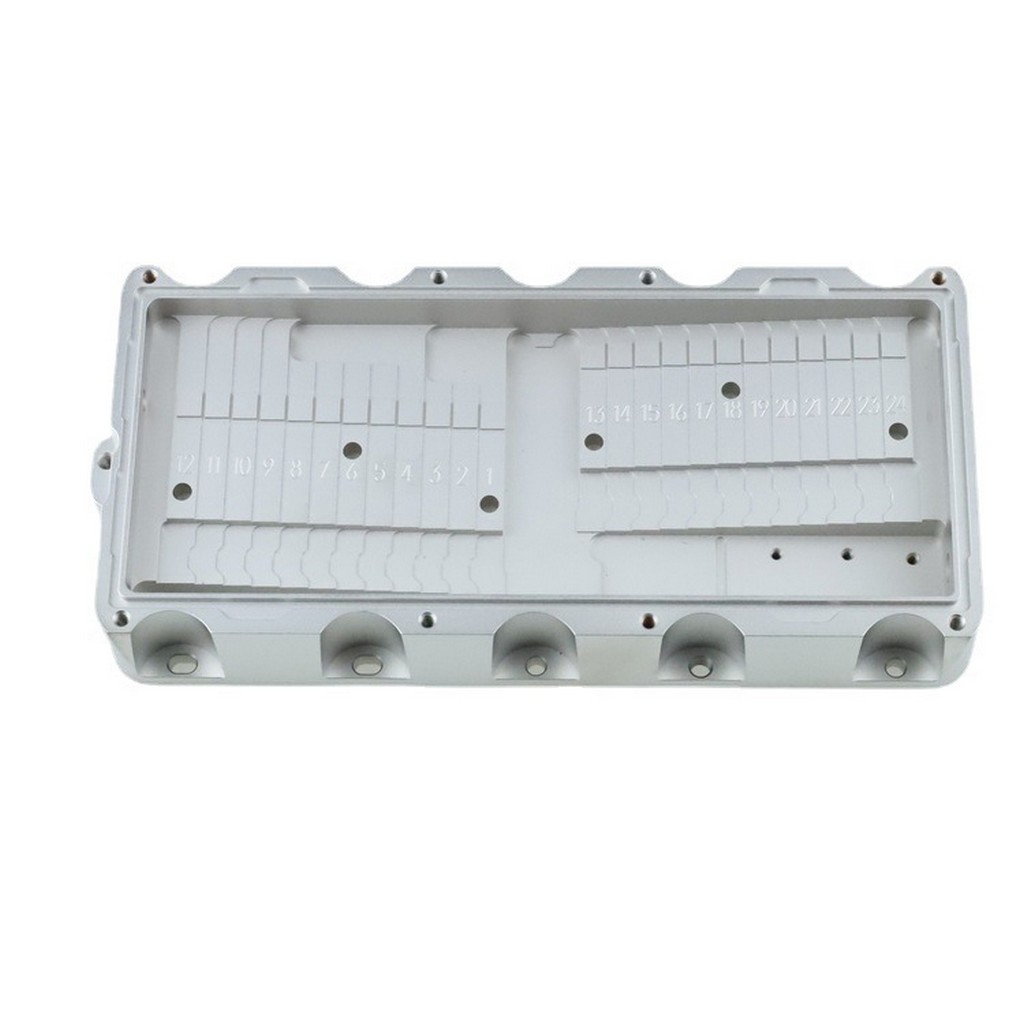
Expire casting is perhaps one of the most reliable techniques used in several metal casting industries today. While this process is efficient, it's linked to the generation of substantial levels of heat energy. Maintaining the best thermal environment in just a die casting plant is very important if manufacturers wish to make good finished parts consistently.
What's Die Spreading?
Die casting is just a broadly employed metalworking technique where smelted metal is cast under high pressures. The die casting process steps are relatively straightforward, but permit if you are a00 of accuracy and replication.
Benefitsof Die Throwing
Die throwing has various benefits, like the ones outlined below:
Pass away- cast metal parts have if you are an00 of consistency and accuracy in terms of a predetermined specification
There's a reduced dependence on machining post- throwing
Developmentof complex casts with fine intricate internal and exterior details
Higherquantities of dimensional tolerance are achievable
Fastcreation cycles will boost overall efficiency
Cost-effectiveprocess limits the total amount of scrap metal produced
Perish casting permits longer tool life, particularly if utilized in zinc and magnesium casting operations
Just so how exactly does Die Casting Work?
Large- pressure, traditional die- casting has four key steps:
Formplanning
Shot
Tooth cavitydisposition
Shakeout
FormPreparation
The preliminary stage of die casting is mold preparation. This first faltering step allows manufacturers to arrange a pre- formed mold for your molten metal it'll house. The effective use of lubrication to the interior walls in the mold helps regulate the temperature and allows easier breaking up following the cast metal has solidified.
Shot
Once the mold is adequately prepped, molten metallic is injected under high stresses and speeds engrossed. Many die casting procedures are conducted within pressure ranges of you, 500 to 25, 000 POUND- FORCE PER SQUARE INCH. To satisfactorily support the metal, the mold must certanly be completely sealed off, retaining filling pressures until it eventually has cooled off and solidified.
Tooth cavityEjection
Tooth cavity ejection follows satisfactory cast cooling/ solidification. Most die casting software has convenient ejection features that allow operators to get into the mold cavity and eliminate the recently formed part.
Shakeout
The keep on step from the die throwing process is removing excess materials accumulated through the mold shot stage. Any scrap excess materials retained in the mold tooth cavity is removed and recycled.
Different kinds of Machines Employed in Die Throwing Processes
The equipment types most commonly utilized in die throwing processes are:
Very hot- holding chamber machines
Chilly- chamber machines
Very hot- chamber Machines
Warm- chamber machines are mainly utilized in casting aluminum as well as other low melting point metals that are significantly less rust within the die casting equipment. Hot- chamber machines are rapid cycle devices with process times typically lasting between just one second to thirty seconds. The injection mechanism immersed in molten metal inside a furnace features a nozzle providing liquid metal at filling stresses between 1500 to 4500 pound- force per square inch.
Cool- chamber Machines
The main difference between a cold- chamber machine and also a hot- chamber the very first is your the injection plunger and cylinder. Engrosseda cold- chamber machine, the shot mechanism isn't submerged, somewhat molten metal is delivered involved with it with a pouring hands or ladle. An automatic hydraulic plunger then forces the metallic in to the sealed die. Chilly- chamber machines may be operated at significantly higher stresses( between 3000- 15000 psi) than hot- chamber models.
The cost of a Die Throwing Cooling
Thermal regulation inside a die casting strategy is important to the achievements of the complete operation. Different metals have unique temperatures at that they best forged, along with a deviation outside these given winter ranges will cause faulty final products. Further, excessive temps inside a die casting system will damage less resistant components, resulting in equipment failures and costly maintenance downtimes.
To avoid the unwanted effects of poorly controlled casting temperatures, a die- cast cooling is suggested. The unit will optimize process efficiency, protect critical equipment, and be sure producing high- quality parts.